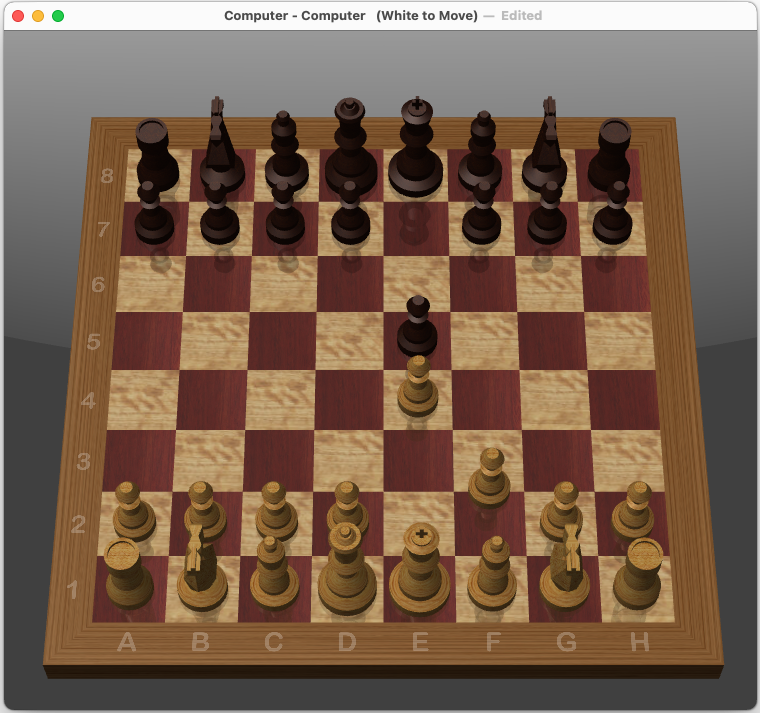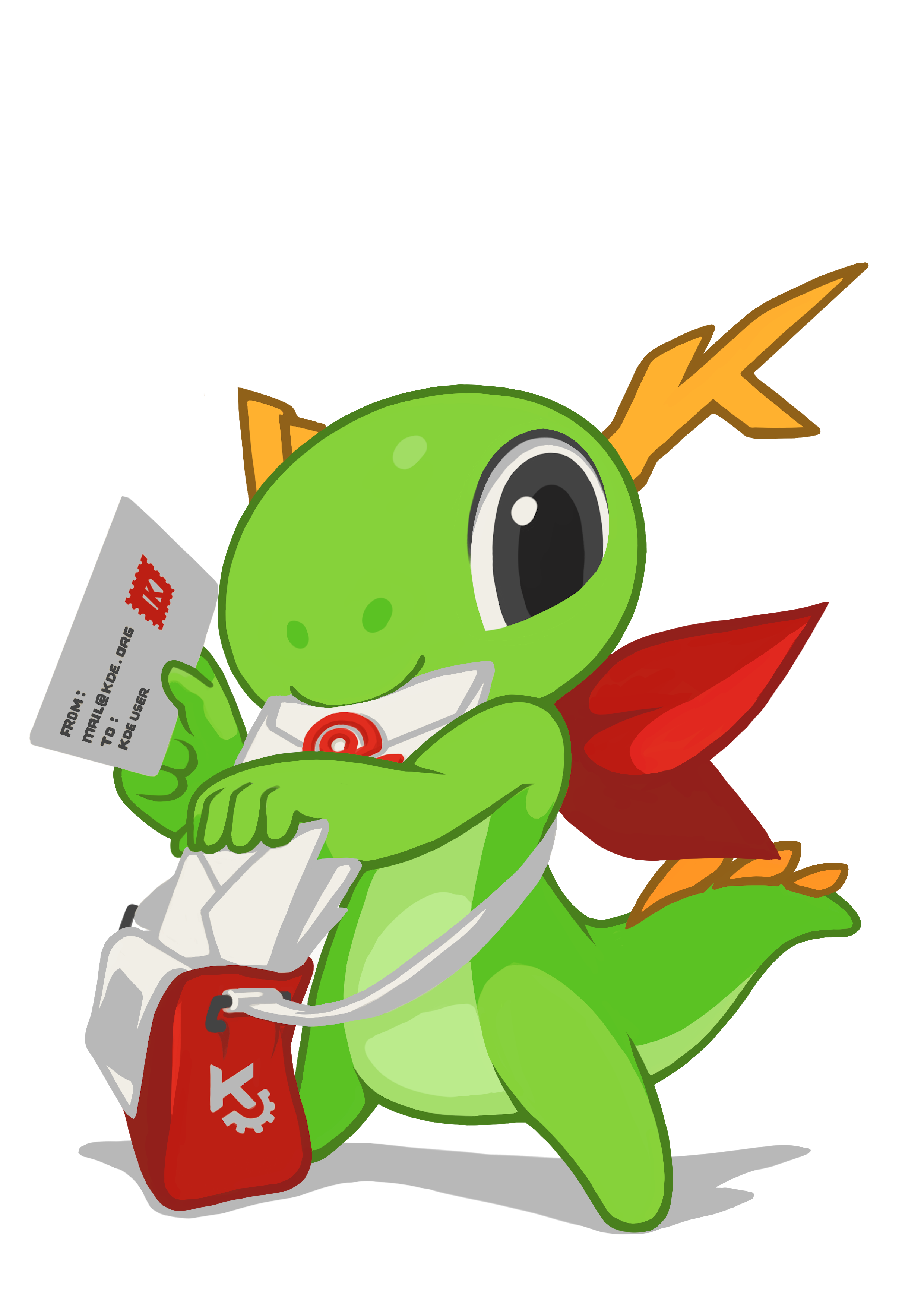|
List Of LDAP Software
The following is a list of software programs that can communicate with and/or host directory services via the Lightweight Directory Access Protocol (LDAP). Client software Cross-platform * Admin4 - an open source LDAP browser and directory client for Linux, OS X, and Microsoft Windows, implemented in Python. * Apache Directory Server/Studio - an LDAP browser and directory client for Linux, OS X, and Microsoft Windows, and as a plug-in for the Eclipse development environment. * FusionDirectory, a web application under license GNU General Public License developed in PHP for managing LDAP directory and associated services. * JXplorer - a Java-based browser that runs in any operating environment. * JXWorkBench - a Java-based plugin to JXplorer that includes LDAP reporting using the JasperReports reporting engine. * LDAP Account Manager - a PHP based webfrontend for managing various account types in an LDAP directory. * phpLDAPadmin - a web-based LDAP administration tool for creat ... [...More Info...] [...Related Items...] OR: [Wikipedia] [Google] [Baidu] |
Directory Service
In computing, a directory service or name service maps the names of network resources to their respective network addresses. It is a shared information infrastructure for locating, managing, administering and organizing everyday items and network resources, which can include volumes, folders, files, printers, users, groups, devices, telephone numbers and other objects. A directory service is a critical component of a network operating system. A directory server or name server is a server which provides such a service. Each resource on the network is considered an object by the directory server. Information about a particular resource is stored as a collection of attributes associated with that resource or object. A directory service defines a namespace for the network. The namespace is used to assign a ''name'' (unique identifier) to each of the objects. Directories typically have a set of rules determining how network resources are named and identified, which usually includes a req ... [...More Info...] [...Related Items...] OR: [Wikipedia] [Google] [Baidu] |
OpenDJ
OpenDJ is a directory server which implements a wide range of Lightweight Directory Access Protocol and related standards, including full compliance with LDAPv3 but also support for Directory Service Markup Language (DSMLv2). Written in Java, OpenDJ offers multi-master replication, access control, and many extensions. OpenDJ began as a fork of OpenDS, an LDAP / DSML server which originated in 2005 as an internal project at Sun Microsystems started by Neil A. Wilson, and later grew into an open source project, maintained by Oracle Corporation; following Oracle's acquisition of Sun, OpenDJ is the main trunk developed by ForgeRock. and maintained by Open Identity Platform Community. OpenDJ source code and binary distribution are available under the Common Development and Distribution License (CDDL). History The work on OpenDS started as an internal Sun project around February 2005. OpenDS was initially developed primarily by Neil A. Wilson. Wilson was joined by a small team o ... [...More Info...] [...Related Items...] OR: [Wikipedia] [Google] [Baidu] |
Directory Server
In computing, a directory service or name service maps the names of network resources to their respective network addresses. It is a shared information infrastructure for locating, managing, administering and organizing everyday items and network resources, which can include volumes, folders, files, printers, users, groups, devices, telephone numbers and other objects. A directory service is a critical component of a network operating system. A directory server or name server is a server which provides such a service. Each resource on the network is considered an object by the directory server. Information about a particular resource is stored as a collection of attributes associated with that resource or object. A directory service defines a namespace for the network. The namespace is used to assign a ''name'' (unique identifier) to each of the objects. Directories typically have a set of rules determining how network resources are named and identified, which usually includes a req ... [...More Info...] [...Related Items...] OR: [Wikipedia] [Google] [Baidu] |
Directory Utility
This is a list of macOS built-in apps and system components. Applications App Store The Mac App Store is macOS's digital distribution platform for macOS apps, created and maintained by Apple Inc. based on the iOS version, the platform was announced on October 20, 2010, at Apple's "Back to the Mac" event. First launched on January 6, 2011, as part of the free Mac OS X 10.6.6 update for all current Mac OS X Snow Leopard, Snow Leopard users, Apple began accepting app submissions from Apple Developer, registered developers on November 3, 2010, in preparation for its launch. After 24 hours of release, Apple announced that there were over one million downloads. Automator Automator is an app used to create workflows for automating repetitive tasks into Batch processing, batches for quicker alteration via point-and-click (or drag and drop). This saves time and effort over human intervention to manually change each file separately. Automator enables the repetition of tasks across a wi ... [...More Info...] [...Related Items...] OR: [Wikipedia] [Google] [Baidu] |
Mac OS X
macOS (; previously OS X and originally Mac OS X) is a Unix operating system developed and marketed by Apple Inc. since 2001. It is the primary operating system for Apple's Mac (computer), Mac computers. Within the market of desktop and laptop computers it is the Usage share of operating systems#Desktop and laptop computers, second most widely used desktop OS, after Microsoft Windows and ahead of ChromeOS. macOS succeeded the classic Mac OS, a Mac operating system with nine releases from 1984 to 1999. During this time, Apple cofounder Steve Jobs had left Apple and started another company, NeXT Computer, NeXT, developing the NeXTSTEP platform that would later be acquired by Apple to form the basis of macOS. The first desktop version, Mac OS X 10.0, was released in March 2001, with its first update, 10.1, arriving later that year. All releases from Mac OS X Leopard, Mac OS X 10.5 Leopard and after are UNIX 03 certified, with an exception for OS X Lion, OS X 10. ... [...More Info...] [...Related Items...] OR: [Wikipedia] [Google] [Baidu] |
Address Book
An address book or a name and address book is a book, or a database used for storing entries called contacts. Each contact entry usually consists of a few standard fields (for example: first name, last name, company name, address, telephone number, e-mail address, fax number, mobile phone number). Most such systems store the details in alphabetical order of people's names, although in paper-based address books entries can easily end up out of order as the owner inserts details of more individuals or as people move. Many address books use small ring binders that allow adding, removing, and shuffling of pages to make room. Little black book Address books are often referred to as "little black books" because of the switch to rotary dial telephone service. Early telephone services utilized operators to connect calls; however, in the 1940s and 1950s, the Bell Telephone Company introduced a dial service, whereby customers became responsible for directly entering destination phone ... [...More Info...] [...Related Items...] OR: [Wikipedia] [Google] [Baidu] |
Contacts (application)
This is a list of macOS built-in apps and system components. Applications App Store The Mac App Store is macOS's digital distribution platform for macOS apps, created and maintained by Apple Inc. based on the iOS version, the platform was announced on October 20, 2010, at Apple's "Back to the Mac" event. First launched on January 6, 2011, as part of the free Mac OS X 10.6.6 update for all current Mac OS X Snow Leopard, Snow Leopard users, Apple began accepting app submissions from Apple Developer, registered developers on November 3, 2010, in preparation for its launch. After 24 hours of release, Apple announced that there were over one million downloads. Automator Automator is an app used to create workflows for automating repetitive tasks into Batch processing, batches for quicker alteration via point-and-click (or drag and drop). This saves time and effort over human intervention to manually change each file separately. Automator enables the repetition of tasks across a wi ... [...More Info...] [...Related Items...] OR: [Wikipedia] [Google] [Baidu] |
System Security Services Daemon
The System Security Services Daemon (SSSD) is software originally developed for the Linux operating system (OS) that provides a set of daemons to manage access to remote directory services and authentication mechanisms. The beginnings of SSSD lie in the open-source software project FreeIPA (Identity, Policy and Audit). The purpose of SSSD is to simplify system administration of authenticated and authorised user access involving multiple distinct hosts. It is intended to provide single sign-on capabilities to networks based on Unix-like OSs that are similar in effect to the capabilities provided by Microsoft Active Directory Domain Services to Microsoft Windows Windows is a group of several proprietary graphical operating system families developed and marketed by Microsoft. Each family caters to a certain sector of the computing industry. For example, Windows NT for consumers, Windows Server for serv ... networks. References External links * * {{GitHub, SSSD/sssd ... [...More Info...] [...Related Items...] OR: [Wikipedia] [Google] [Baidu] |
OpenLDAP
OpenLDAP is a free, open-source implementation of the Lightweight Directory Access Protocol (LDAP) developed by the OpenLDAP Project. It is released under its own BSD-style license called the OpenLDAP Public License. LDAP is a platform-independent protocol. Several common Linux distributions include OpenLDAP Software for LDAP support. The software also runs on BSD-variants, as well as AIX, Android, HP-UX, macOS, OpenVMS, Solaris, Microsoft Windows (NT and derivatives, e.g. 2000, XP, Vista, Windows 7, etc.), and z/OS. History The OpenLDAP project was started in 1998 by Kurt Zeilenga. The project started by cloning the LDAP reference source from the University of Michigan where a long-running project had supported development and evolution of the LDAP protocol until that project's final release in 1996. , the OpenLDAP project has four core team members: Howard Chu (chief architect), Quanah Gibson-Mount, Hallvard Furuseth, and Kurt Zeilenga. There are numerous other important and ... [...More Info...] [...Related Items...] OR: [Wikipedia] [Google] [Baidu] |
KAddressBook
Kontact is a personal information manager and groupware software suite developed by KDE. It supports calendars, contacts, notes, to-do lists, news, and email. It offers a number of inter-changeable graphical UIs (KMail, KAddressBook, Akregator, etc.) all built on top of a common core. Differences between "Kontact" and "KDE PIM" Technically speaking, ''Kontact'' only refers to a small umbrella application that unifies different stand-alone applications under one user interface. ''KDE PIM'' refers to a work group within the larger KDE project that develops the individual applications in a coordinated way. In popular terms, however, ''Kontact'' often refers to the whole set of ''KDE PIM'' applications. These days many popular Linux distributions such as Kubuntu hide the individual applications and only place ''Kontact'' prominently. History The initial groupware container application was written in an afternoon by Matthias Hölzer-Klüpfel and later imported into the KDE so ... [...More Info...] [...Related Items...] OR: [Wikipedia] [Google] [Baidu] |
GNOME
A gnome is a mythological creature and diminutive spirit in Renaissance magic and alchemy, first introduced by Paracelsus in the 16th century and later adopted by more recent authors including those of modern fantasy literature. Its characteristics have been reinterpreted to suit the needs of various story tellers, but it is typically said to be a small humanoid that lives underground. Diminutive statues of gnomes introduced as lawn ornaments during the 19th century grew in popularity during the 20th century and came to be known as garden gnomes. History Origins The word comes from Renaissance Latin ''gnomus'', which first appears in ''A Book on Nymphs, Sylphs, Pygmies, and Salamanders, and on the Other Spirits'' by Paracelsus, published posthumously in Nysa in 1566 (and again in the Johannes Huser edition of 1589–1591 from an autograph by Paracelsus). The term may be an original invention of Paracelsus, possibly deriving the term from Latin ''gēnomos'' (itself represen ... [...More Info...] [...Related Items...] OR: [Wikipedia] [Google] [Baidu] |




